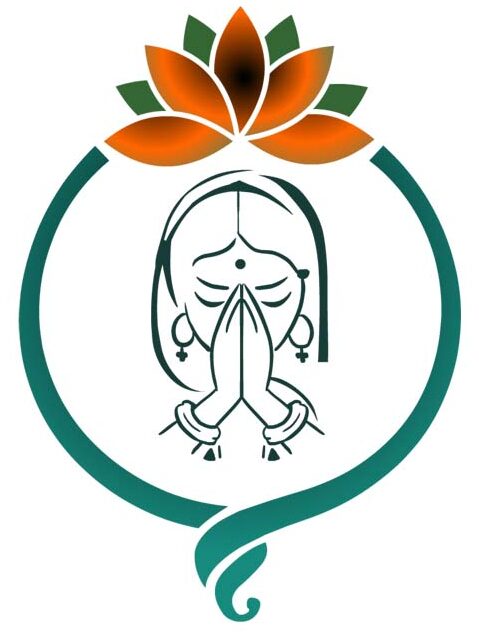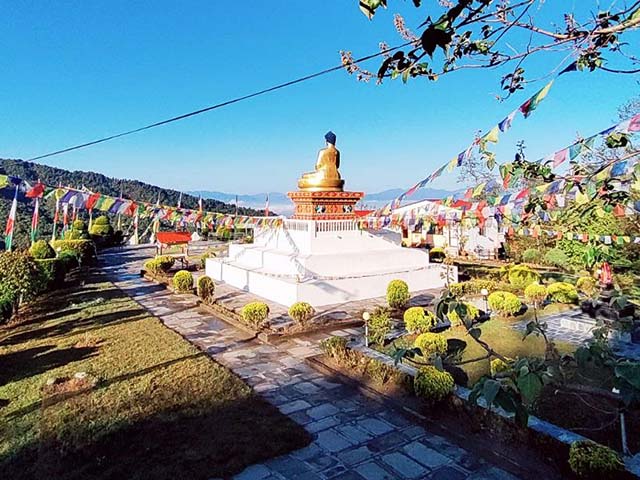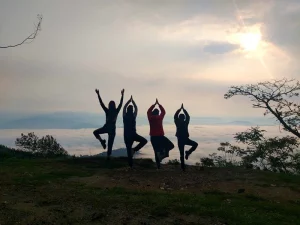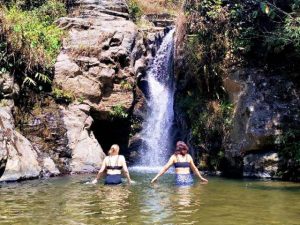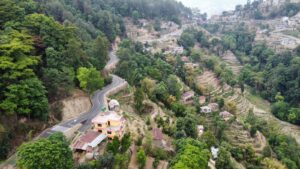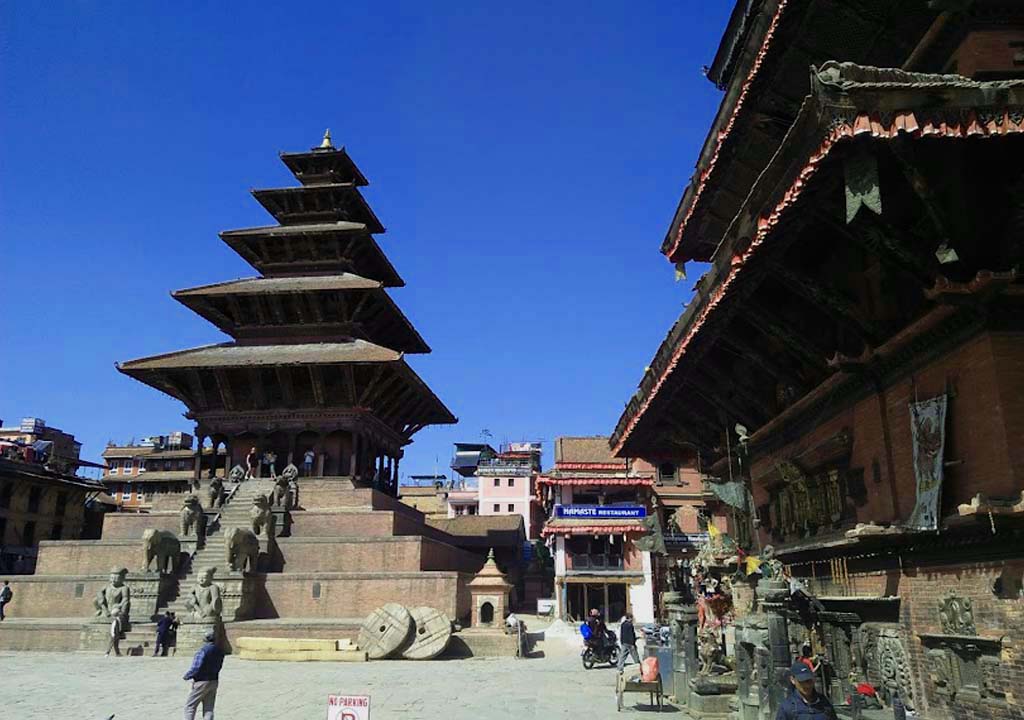
Nepal, nestled in the heart of South Asia, is a captivating destination for travelers seeking adventure, culture, and spirituality. As you embark on your first journey to this enchanting land, there are several crucial things you must know to make the most of your experience.
1. Kathmandu Airport: Your adventure begins at Kathmandu Airport, a small and efficient gateway to Nepal. Expect a quick and hassle-free arrival process, which is a pleasant surprise for many travelers.
2. Taxi Services: Once outside the airport, you’ll find an abundance of taxi services, both post-paid and pre-paid. These are readily available to take you to your destination.
3. Taxi Tips: If it’s your first time in Nepal, consider arranging your taxi through your hotel, homestay, resort, or trekking agency. This ensures a safer and more reliable journey.
4. Fare Estimate: Taxis within the city typically charge around Rs. 500, but always confirm the fare with the driver before setting off.
5. Kathmandu Valley Roads: Be prepared for a different driving experience in the Kathmandu Valley. Traffic can be chaotic, with a lack of adherence to lane rules. Motorbikes and taxis often drive based on convenience rather than strict traffic rules.
6. Traffic Lights: Traffic lights may contribute to slower travel, so exercise patience when navigating the streets.
7. Distance vs. Time: Despite the relatively short distances within Kathmandu Valley (approximately 25 to 30 kilometers), travel times can exceed an hour due to traffic and road conditions.
8. UNESCO World Heritage: Kathmandu Valley is a UNESCO World Heritage Site, boasting a rich cultural heritage that you can explore at your leisure.
9. Vendor Caution: While exploring temples and city squares, you may encounter vendors trying to sell you souvenirs. Exercise caution, as some may overcharge.
10. Sadhus and Blessings: Beware of Sadhus (holy men) in temples who ask for money in exchange for blessings. Authentic Sadhus do not seek payment, and they can be challenging to find.
11. Fake Sadhus and Tourist Guides: Be cautious of fake Sadhus and unlicensed tourist guides who may attempt to deceive tourists.
12. Bargaining: Bargaining is a common practice in Nepal, so don’t hesitate to negotiate prices when shopping.
13. Kathmandu to Pokhara: If you plan to travel from Kathmandu to Pokhara, be prepared for a journey of approximately 250 kilometers. The main highway may have narrow roads and heavy traffic, leading to travel times of 5 to 10 hours.
14. Transportation Options: For trips to Pokhara, Chitwan, or Lumbini, consider using buses with air conditioning. Local bus services are also available, and you can find information on company websites or contact them directly.
15. Food Planning: Before venturing outside the Kathmandu Valley, stock up on food, as some shops may try to overcharge tourists.
16. Hydration and Food Safety: Always drink filtered water and wash fruits with clean water to avoid health issues. Exercise caution with street food, especially if you’ve just arrived.
17. Weather Variations: Nepal experiences varying weather conditions even within the same month. Pack both summer and winter clothing, especially if you’re traveling between warm and high-altitude areas.
18. Trekking Guidelines: The government of Nepal no longer permits solo trekking. Always hire a licensed trekking guide for safety.
19. Guide Selection: When choosing a guide, prioritize their experience and ensure they have a valid license.
20. Trekking Preparations: Understand the trekking season, duration, weather, and costs before embarking on your journey. Know the altitude you’ll be reaching and what equipment you’ll need.
21. Yoga Trekking: While Nepal is renowned for “Yoga Trekking,” consider opting for “Pranayam Trekking” for a gentler experience, especially at higher altitudes.
22. Communication: If you have questions about yoga or trekking, don’t hesitate to ask local experts.
23. Nepalese Hospitality: Embrace the warmth of Nepalese hospitality. The locals are known for their friendliness and willingness to help.
24. Personal Safety: Exercise caution, as every country has its share of unscrupulous individuals. Trust reputable companies and individuals, especially during trekking.
25. Mobile Connectivity: Purchase a Nepalese mobile SIM card to stay connected with 3G or 4G internet, keeping your friends and family updated.
26. Power Solutions: Carry a power bank or solar charger for your devices.
27. Stay Hydrated: As you ascend above 3,000 meters, switch to warm water to prevent altitude-related issues.
28. Flexible Itinerary: Allow for extra days in your trekking itinerary in case of weather-related disruptions.
29. Pre- and Post-Trek Yoga: Consider integrating yoga into your journey before and after trekking for physical and mental preparation.
30. Seek Guidance: If you require assistance in planning your trek, reach out to local experts who can provide invaluable knowledge.
31. Post-Trek Retreats: Many travelers visit yoga retreats after trekking to rejuvenate their bodies and minds.
32. Niru Yoga Homestay: Consider staying at Niru Yoga Homestay, a well-regarded provider of yoga, hiking, trekking, and more.
33. Nepal’s Spiritual Legacy: Nepal is renowned for its spirituality, including yoga, meditation, and cultural practices.
34. Nepal: The Unwritten Book: Think of Nepal as an unwritten book, brimming with opportunities to learn and discover new knowledge.
35. GPS Caution: Don’t solely rely on Google Maps, as it may not accurately reflect all available routes.
36. Reliable Maps: Invest in a good map for your trekking area.
37. Respectful Photography: Always seek permission before taking photos of people, respecting their privacy and cultural norms.
38. Nepali Hospitality: Embrace the Nepali tradition of offering tea, food, and shelter to visitors, creating a welcoming atmosphere.
39. Wildlife Awareness: Be mindful of the presence of wildlife, especially after sunset. Professional guides or safari options are advisable for places like Chitwan.
40. Pre-Trip Knowledge: Acquire information about your destination, weather conditions, paths, maps, and other factors before engaging in any activities.
41. Best Travel Seasons: The best times to visit Nepal are from August to November and March to May, but the country welcomes travelers year-round.
42. Accommodation Selection: When choosing accommodation, be discerning, and verify reviews from various sources to ensure authenticity.
43. Homestay Experience: Consider staying in homestays to immerse yourself in Nepalese culture and lifestyle.
44. Abundance of Yoga: Nepal is brimming with opportunities for yoga practice, with Bhaktapur being a notable hub.
45. Continuous Updates: Stay tuned for updates to this article, and feel free to reach out with any questions.
As you embark on your first South Asian adventure in Nepal, we wish you a successful and enriching experience. Embrace the culture, the landscapes, and the warmth of the Nepali people. Namaste!
